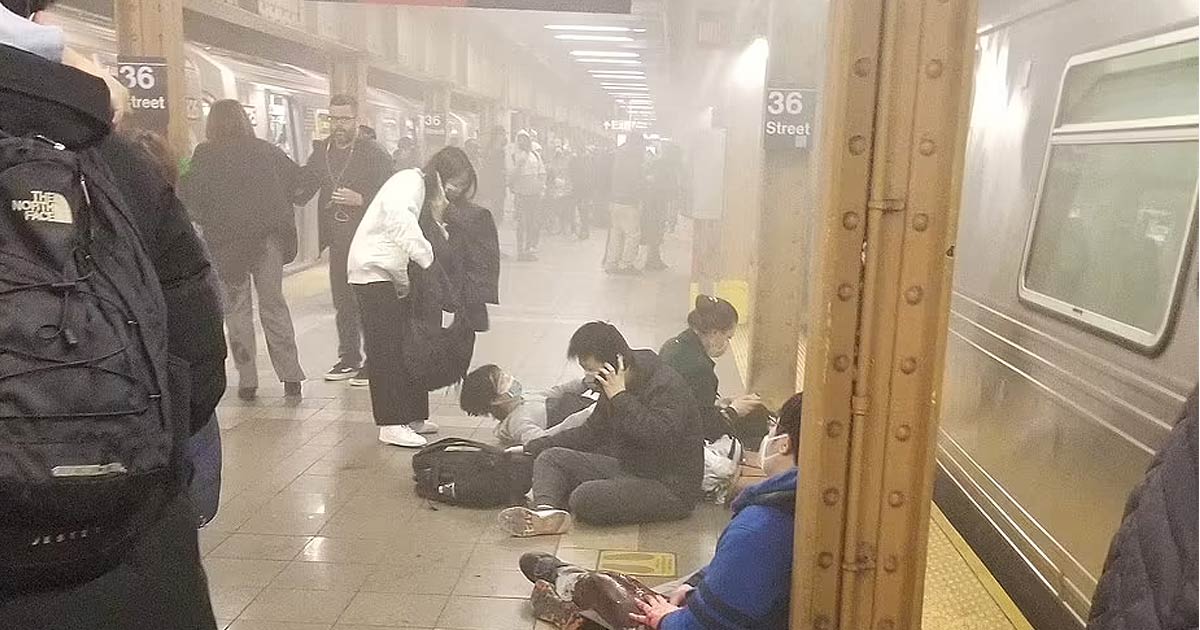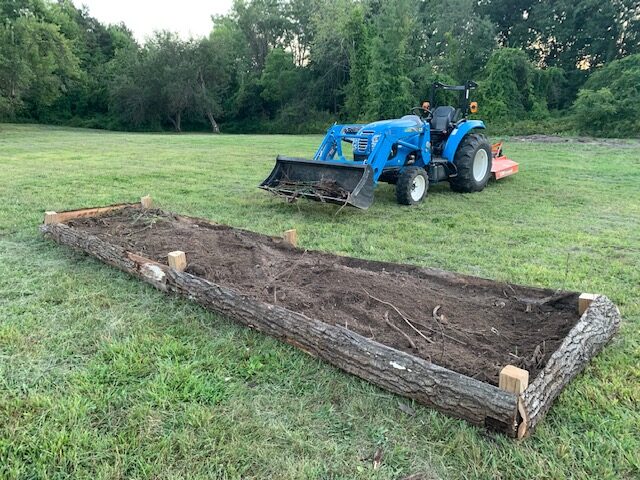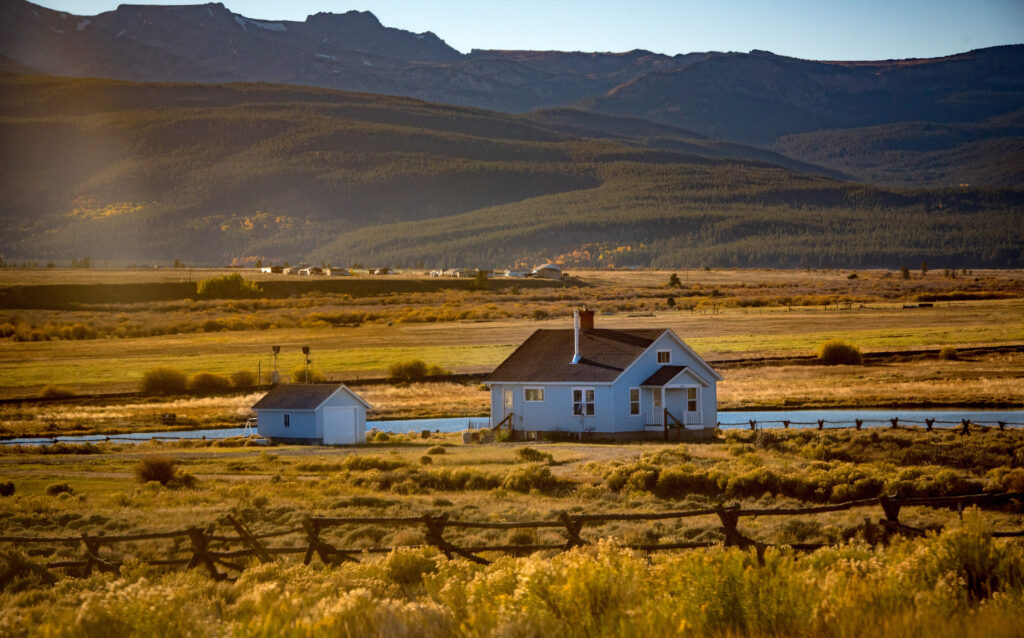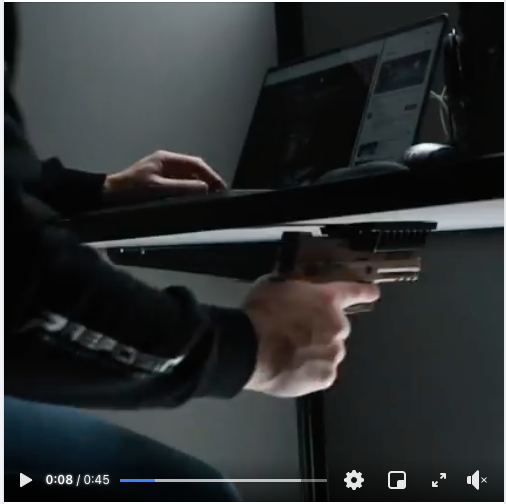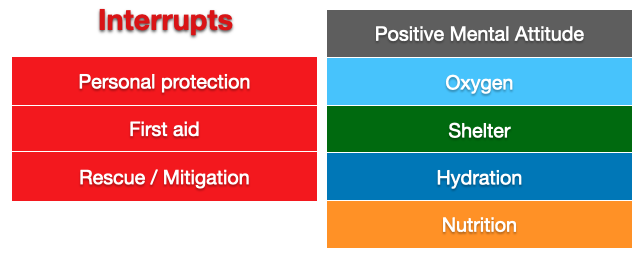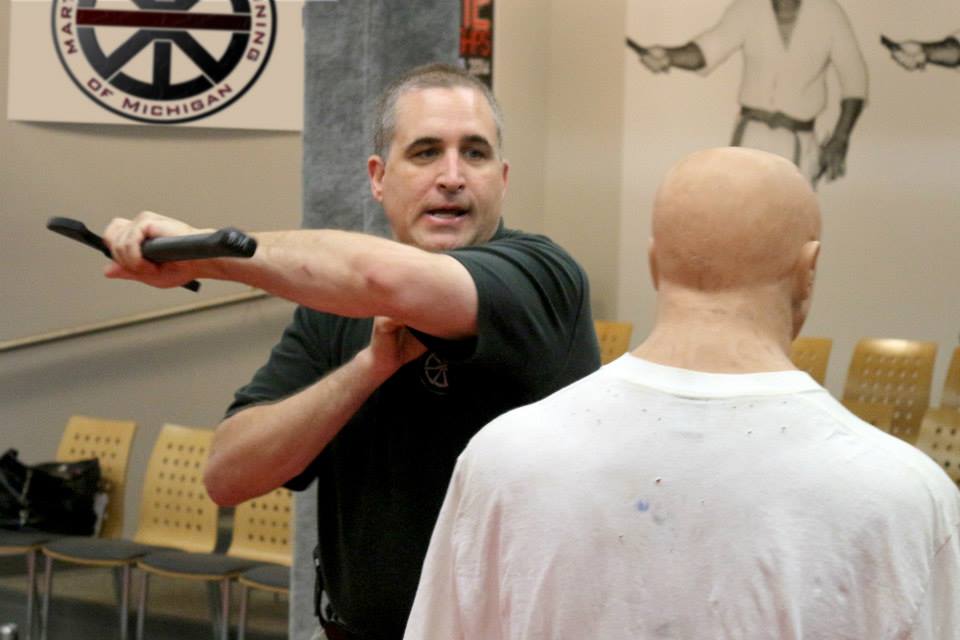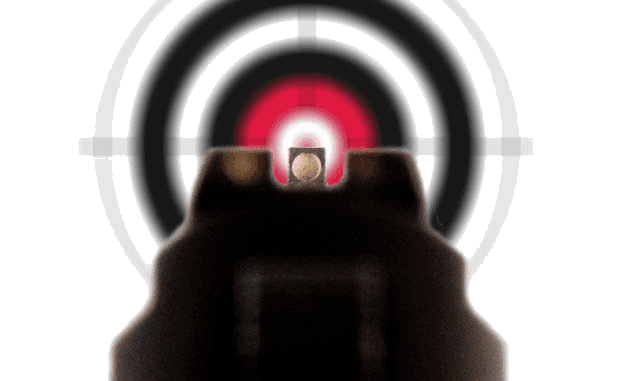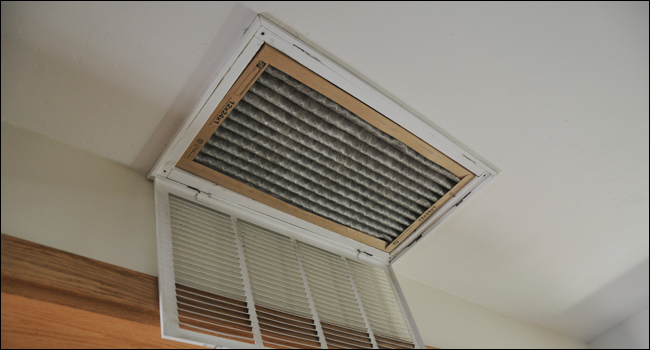We watched the Oxford High School shooting coverage with sadness, as well as interest. Recently, the NYC shootings. In these horrendous events, we see the heroics of people as they protect others in the face of evil, all the while recognizing these heroics should never have had to be displayed. Our concern and our heartfelt prayers are offered to the families of the victims, and those survivors who must overcome the violence visited upon them. We feel resolve that something must be done.
In a sad testament to our political state, these events are swooped upon by various news outlets and politicians to predictably use the incident to advance their agenda. They deceitfully use a veil of illusory compassion to push gun control. They don’t ask an open ended and inquisitive “What can we do to prevent this?”, they instead state “How do we take away the guns?” They don’t partner with gun safety groups, ranges, and education providers, they vilify them. If education is the key to understanding, why is education shunned for this topic? Agenda. Fear drives this agenda, and since education replaces fear, education is vilified.
After these events, I go through my IM conversations. I read my friends’ posts and the conversations with others. I recall the phone conversations that I’ve received because I am an instructor.
Some of these conversations want technical details… The gun used, the capacity, reload time, how easy it is to shoot. I tell them that the firearm isn’t really the issue, but answer their questions that the pistol is a reliable one, does what it was designed to do, that reloading can be accomplished in about 10 seconds with practice, and about 15-20 seconds for the relatively unfamiliar, and that the capacity averages about 15 rounds per magazine. I try to emphasize that the police, law abiding and peaceable people choose and use this firearm or one like it, and that it is the will of the user that determines the outcome of the machine’s use. There is no mind-control chip in the bill of materials for any gun.
Most want information on ownership safeguards… The ownership process. Background checks. Waiting periods. “You can buy a gun in 15 minutes!”, I hear. I explain how there are many, many disqualifying civil and criminal convictions that preclude ownership. I explain the NICS system (a national database of disqualified owners) and how it checks for these. I explain that just because a check is ‘instant’ does not mean that it isn’t thorough. If you run a filter in a spreadsheet, are the results more legit if the program takes longer to show the filtered results? I just googled “hovercraft” on Google. The top line tells me: About 12,600,000 results (0.55 seconds). Would my results be more legitimate if it took 2 minutes for the same results? Three days? A week? If I cracked open the Dewey Decimal System from the local library archives? I ask why the NICS check is different. I ask what a waiting period here would have done. I ask why it is referred to as a “cooling off period” as one friend put it. I ask why they think this terminology is used. Agenda.
Like this last point, many of the statements I’ve received were the typical “I’ve been programmed” and ask why the NRA exists, why the Second Amendment exists (my favorite is “It applies to muskets!”), and the general malaise of “rights-elimination for everybody is OK because I don’t value that right”.
The majority of the questions I field are lumped in to two categories:
- Should we have guns?
- Should the guns be so ‘usable’?
This is the part that perplexes me, and honestly frustrates me a bit. Why are some people so willing to blame a machine rather than having the moral fortitude to blame the shooter?
Why are some people so willing to blame a machine rather than having the moral fortitude to blame the shooter?
It boils down to a single, solitary concept: Personal responsibility. Some people are very consensus-driven. The “we” is their moral and ethical compass. Where the herd goes is correct. The type of person who immediately attributes their wrongdoing to “It wasn’t my fault…” or “Yeah but they did….”. For many people, their personal responsibilities are shirked onto the State. Social security instead of saving for retirement. Dependency on handouts instead of seeking employment. Demanding government pay for college. Or whatever else.
This ‘shirk mentality’ is so alienated from the thought of personal responsibility that those with it cannot even ascribe the casualty-event to an evil doing person. The gun becomes the easy scapegoat, free of personal consequence, and happily reinforced by an agenda-driven media who view disarmament as a virtue and believe that a disarmed people is somehow elegant and sophisticated. The gun is some form of sponge, soaking up the universe’s evil, and if we could just somehow melt them all down into steel ingots, that evil would dissipate into the ether and the world would be shiny happy people holding hands.
Now let’s answer “Should we be allowed to have guns?”. Ownership of arms is a freedom all people have. The right to defend one’s self is the right of all living things. That defense may be in the form of biting, poisoning, hiding, camouflage, flight, or even a high proliferation rate from a species stance. We humans are tool users. We are thinkers. We can choose some of these options, AND can choose to use tools. As our capabilities for tool use becomes more sophisticated, so does our tools.
The low-information set of people that believe the Second Amendment protects our right to own muskets miss the point. Defense is a universal right (and any person or government infringing on that right is despicable, and their authority over the individual should be thrown off). It isn’t about the tool, it’s about this basic right of the living.
The very nature of the question is insidious from the standpoint that it pre-supposes that “we” have the right to decide for “us”. “We” do not. I have the right to decide for me. You have the right to decide for you. And if you think you have the right to decide for me, and attempt to enforce that decision, I have the right to defend my rights from your illegitimate authority. This is a vigilance we need to strengthen. We will not tolerate your proposed infringements any further. And certainly not become some evil cretin chose to be evil.
The vilification of training
This is the newest anti-gun agenda item. The vilification of training. Those who train in the proficient use of firearms are somehow concerning. The ‘gun culture’ is to blame.
Every year there are tens of thousand professional and amateur shooting sports enthusiasts practicing marksmanship, practicing the effective wielding and operating of the firearm, practicing moving defensively. And yet the shooting sports community is not responsible for crimes, and members of this ‘culture’ are not the murderers in instances like this.
I had one friend decry on her facebook page the villainy of training. Stating the apparent skill of the shooter, and the proficiency in shot placement. At least she wondered about the state of mental health of the shooter (in an instant message to me) and that mental health needs to be a higher priority, but in the same breath she also opted to infringe on gun ownership through more stringent background checks (which would have failed in the Oxford incident because the father was the purchaser).
The news has likewise been rife with ‘journalists’ (translation: Preformed opinion holders needing a photo op) taking gun training for the sole purpose of criticism. Overlooking every facet of a class instructing safety, justifiable use of force, responsibilities of ownership, etc., for that one potential nugget of something that wasn’t quite right for them to hyperfocus all their preconceptions into.
In November, a guy in Waukesha WI drive his car into a crowd, killing 5 and injuring approximately 25 more. Yet the same people decrying the vilification of firearm training did not vilify the driver’s ed program. They did not suggest making cars harder to buy.
In actuality, the lack of training injures or kills far more people each year. Alec Baldwin, who opposes gun rights, squeezed a trigger and killed a movie worker. If your first instinct was to say “Ya but the armorer was supposed to..”, do us all a favor and read the part about personal responsibility again.
- Alec did not treat the firearm with the respect due it (as if it were loaded).
- Alec did not prevent his muzzle from sweeping things he was unwilling to destroy.
- Alec did not keep his finger off the trigger. (Yes Alec, you DID pull the trigger. Stop lying.)
- Alec was not aware of his target.
Had Alec not been so agenda-driven, not been so opposed to TRAINING, had taken a single class in gun safety, then Halyna Hutchins would still be alive.
We need to do better as a society. We need to shrug off the fear-driven Agendites. We need to get gun safety back in schools. We need to take responsibility for ourselves and those in our circle. Me. You. As individual people. If Uncle Dave ‘aint quite right’ and buys a gun, we need to confront him on that, as his family unit. We need to store our guns safely. And most importantly, we need to retain the right to defend ourselves against evil, and be able to act to protect each other.

